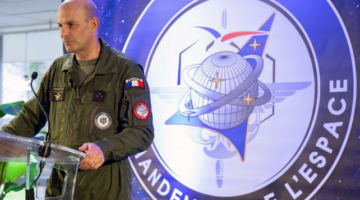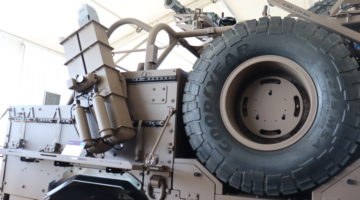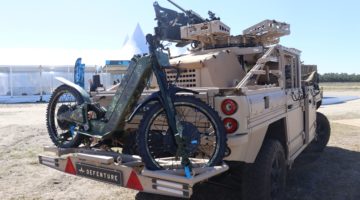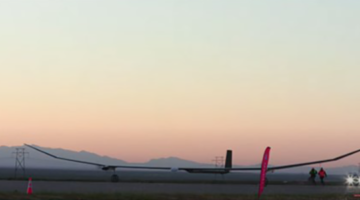The Defense Advanced Research Projects Agency (DARPA) has awarded Raytheon Company a $20,489,714 million contract modification for the Tactical Boost Glide program. Under the TBG program, Raytheon intends to develop and demonstrate the technology to enable air-launched hypersonic boost glide systems. A majority of the work will be performed in Tucson.
“Hypersonics is the new frontier of missile design and development,” said Tom Bussing, Raytheon vice president of Advanced Missile Systems. “The extreme environments where these advanced missiles must operate present significant engineering challenges. Our extensive experience and expertise in developing advanced guided weapon systems uniquely position Raytheon to help solve these problems and deliver these solutions.”
Once fielded, TBG could fly at speeds faster than Mach 5 and at altitudes of nearly 200,000 feet. To achieve the required speeds, the re-entry vehicles would be designed to skip across the inside of Earth’s upper atmosphere before descending on their targets. The new missiles would have to withstand intense heat while remaining highly maneuverable, and would require sensor packages to engage moving or re-locatable targets.
Hypersonic weapons would be difficult to intercept, and would enable warfighters to strike targets at long range much more quickly than current missile technology allows.
Photo credit © Raytheon Company (http://4.bp.blogspot.com/_cTaLGgz4Ru8/She_tSkpb9I/AAAAAAAAMZw/NIAWkp8dxQc/s0/X-51A+WaveRider.JPG)












